Complexity is an insidious thing. Humans seem unable to keep things simple and will add rules, reporting lines, and complications seemingly for the fun of it. And process people take it to a whole new level.
Why is that so? There is a simple answer, but many people don’t like it, or don’t want to admit it; if you pay people for doing dumb stuff they get really smart at it.
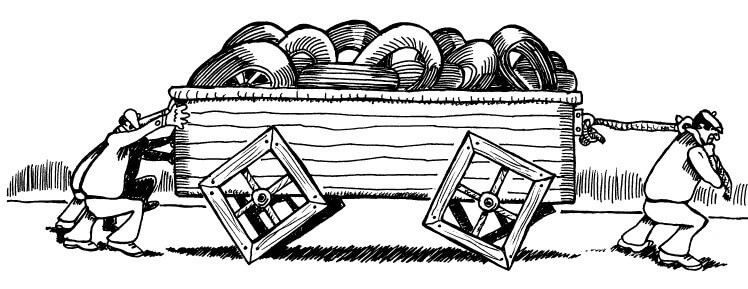
Politicians are especially good at creating fiefdoms and empires, and the ones really clever at that rise above the rest, making the problem progressively worse by in-turn recruiting like minded people.
Now as much as humans have traditionally done this, there is a new kid on the block. And this new kid is defining a whole new way of being, one that is built and operated with the customer at the center of everything.
Don’t get me wrong, it isn’t that people haven’t talked about the customer before, just this time it is very different. The new game is all about customer experience management (CEM).
Here are a few of the meaningful stats that back this up.
According to Gartner, 89% of all businesses will compete on customer experience this year.
Another 89% believe customer experience will be their main differentiator by 2022.
The Temkin Group found that companies that earn $1 billion annually can expect to earn, on average, an additional $700 million within 3 years of investing in customer experience.
84% of companies who claim to be customer-centric are now focusing on the mobile customer experience.97% of global consumers cite customer service as important in their brand choice and loyalty.
CX also influences on-the-spot purchasing, too – as 49% of buyers have made impulse purchases after receiving a more personalized experience.
BPG Research 2021
And for those organizations effectively embracing the customer experience CEM is much more than journey mapping and the surface experience. For the leading companies, CEM is the opportunity to connect everything they do, from the customer interaction, right through to individual task, activity, and systems that support them.
Interestingly this eradicates unnecessary complexity and creates a virtuous circle. You figure out what a successful customer outcome looks like, you align everything you do to achieve it, the customer ‘gets it’ and comes back for more, and you evolve the customer experience to be even better next time.
It is a bit like a fitness regime as you get fitter, you get faster, you become better, and what was once difficult becomes easy.
👑 Those who Get It Win the Triple Crown
Not surprisingly great CEM drives down the cost of delivery, improves service and grows revenue. This triple crown of deliverables becomes the tangible measure of success for Customer Experience Management.
And as if this wasn’t motivation itself to do more CEM the work environment is simplified; we can increasingly reward each other for delivering results and outcomes (doing the right thing), rather than just measuring and rewarding what we do (doing things right).
That is what I mean when we say ‘let’s get more scientific about the customer experience’
Do you want to know more?

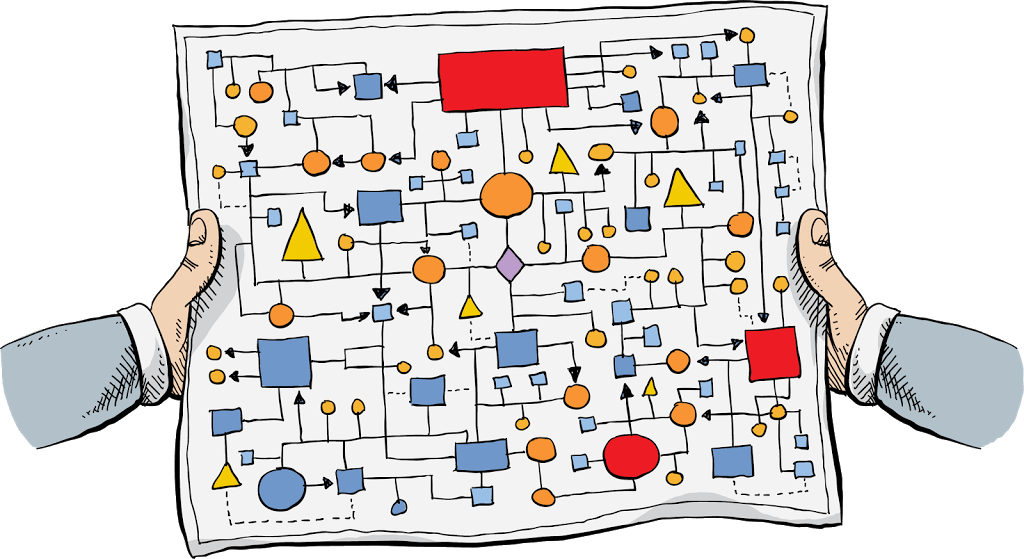



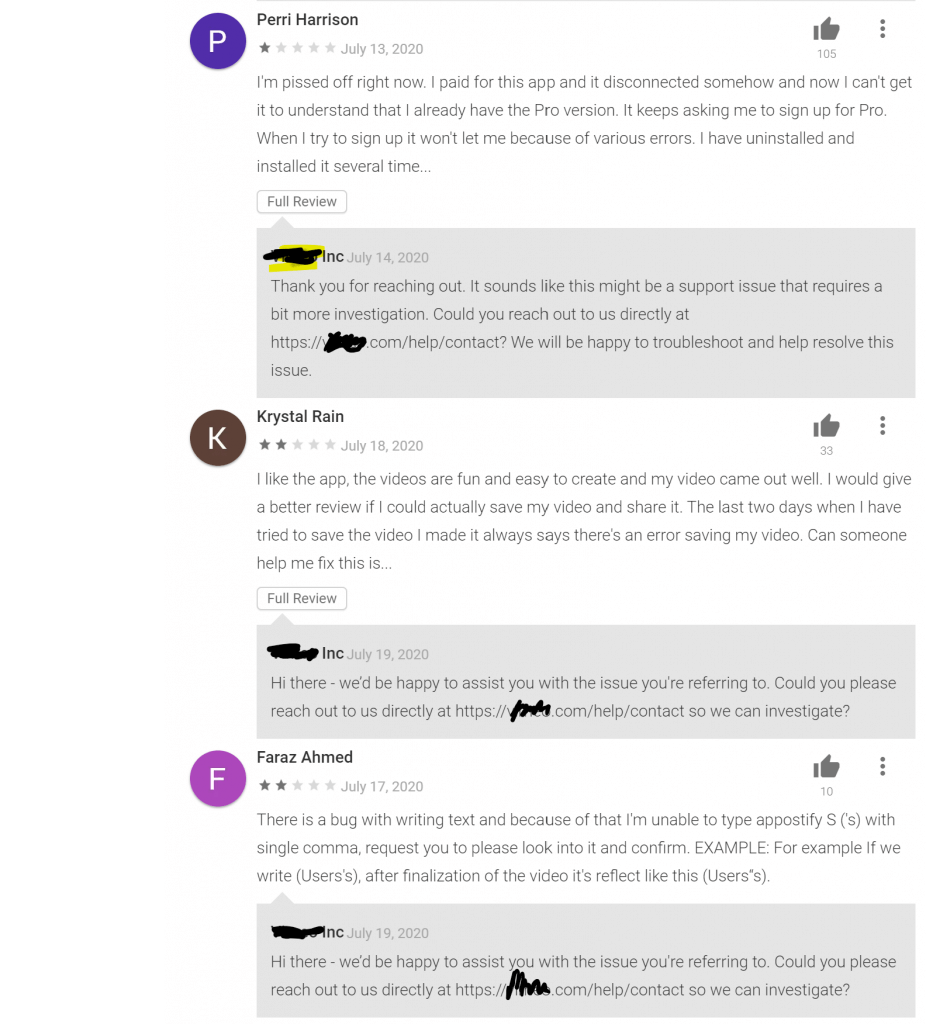
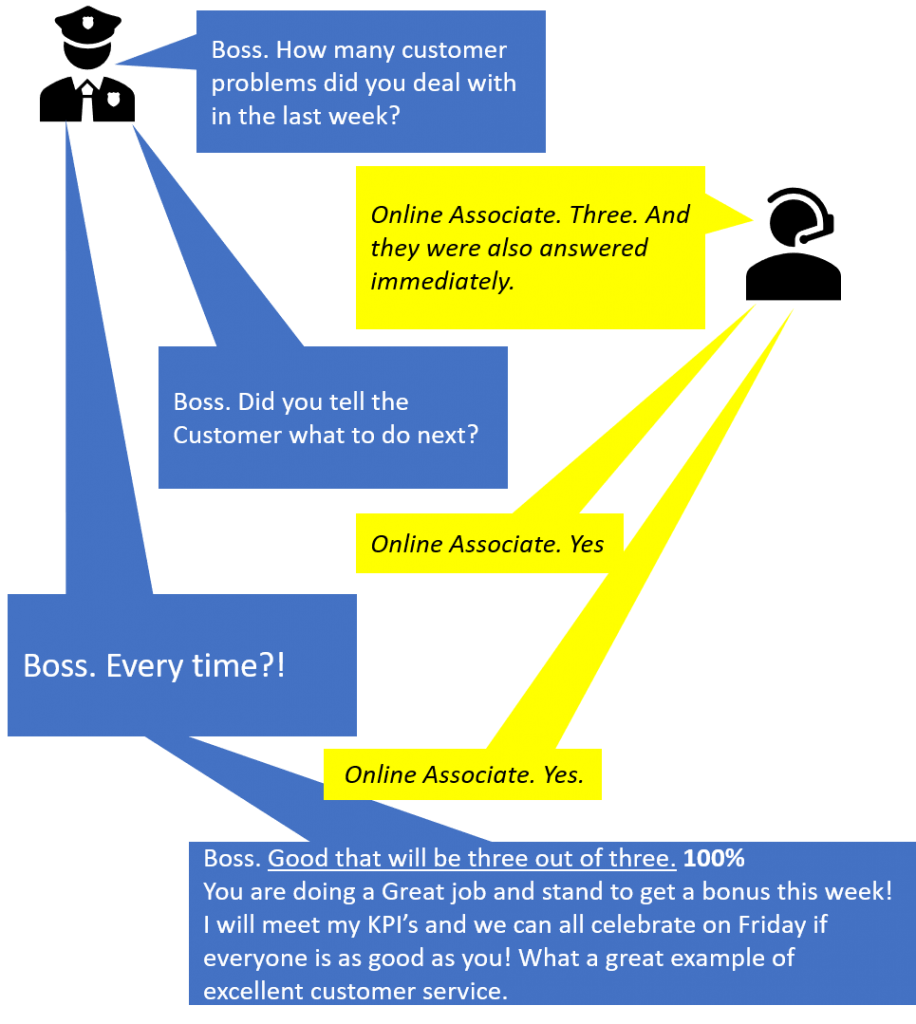



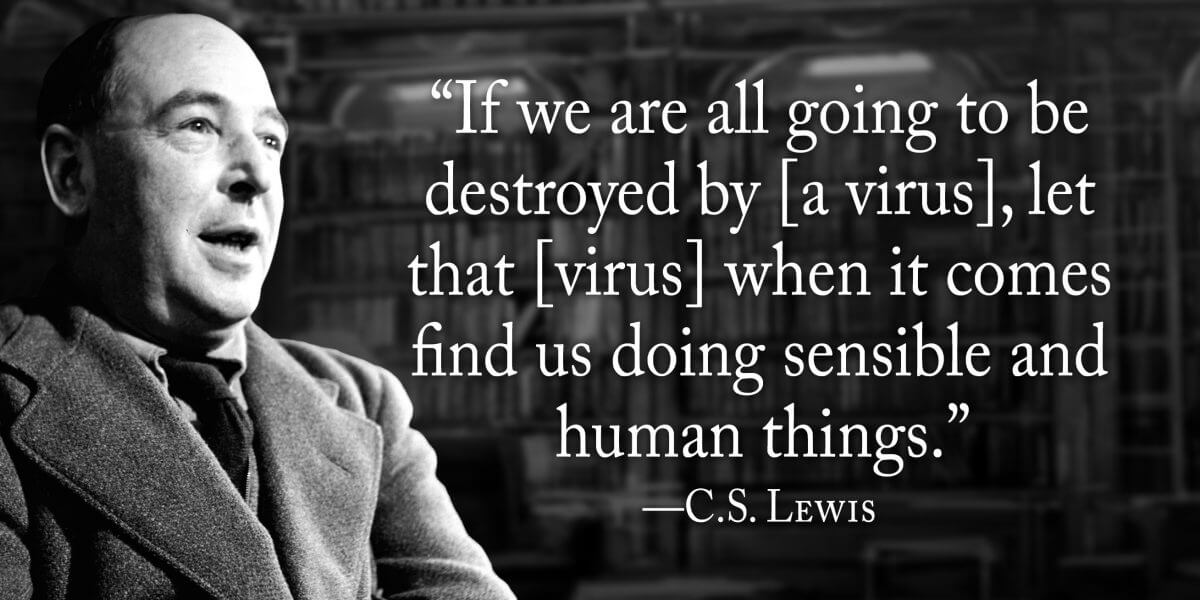


 This isn’t rocket science (unless you are NASA of course). Understanding that the structures and ways of working from the industrial age were NEVER designed to be customer-centric. They were established to make things faster by optimizing production lines.
This isn’t rocket science (unless you are NASA of course). Understanding that the structures and ways of working from the industrial age were NEVER designed to be customer-centric. They were established to make things faster by optimizing production lines.